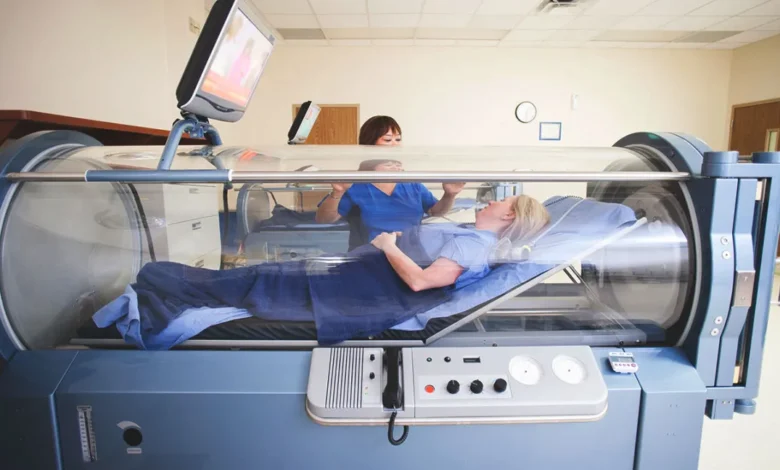
Hyperbaric Oxygen Therapy: Myth vs. Reality – Why Some Doctors Oppose It?
Hyperbaric Oxygen Therapy (HBOT) stands at the crossroads of medical science and public opinion. It involves breathing pure oxygen in a pressurized room or chamber. Advocates claim it can treat a range of conditions, from chronic wounds to brain injuries. However, skepticism exists within the medical community. This article explores the nuanced debate, presenting a balanced view to help readers navigate the complexities of HBOT.
The Science of Hyperbaric Oxygen Therapy
To improve oxygen absorption, hyperbaric oxygen therapy entails raising air pressure. The amount of oxygen that can be carried by the blood is greatly increased when patients breathe in pure oxygen. Through encouraging cell development and thwarting infection, this procedure seeks to hasten the healing process.
The U.S. Food and Drug Administration (FDA) has approved HBOT for certain medical conditions, including decompression sickness, severe anemia, and chronic wounds that haven’t healed through conventional methods. Clinical evidence supports its effectiveness in these areas, showcasing its potential to enhance the body’s natural healing processes. In facilities like the Beverly Hills Hyperbaric Center, patients can experience these FDA-approved treatments in a setting that emphasizes both comfort and cutting-edge technology.
Many doctors remain skeptical about HBOT’s broader applications due to a lack of conclusive evidence. They point out that while oxygen plays a crucial role in healing, the body’s response to increased oxygen levels under pressure is not universally beneficial. This skepticism is grounded in the principle of evidence-based medicine, which relies on clinical evidence to guide treatment decisions.
Controversial Uses and Opposition

Despite its proven benefits for certain conditions, HBOT has been marketed for unapproved uses, from autism spectrum disorders to cancer treatment. This has led to heated debates within the medical community and among the public.
One significant concern is the spread of misinformation. Unfounded claims about HBOT’s effectiveness in treating a wide array of conditions can lead to false hope among patients and their families. Doctors advocating for evidence-based practice argue that promoting HBOT without solid evidence can detract from more effective, proven treatments.
Furthermore, the cost of HBOT, which can be substantial, is often not covered by insurance for unapproved uses. This financial burden raises ethical questions about the promotion of the therapy without clear, scientifically-backed benefits.
There’s a consensus among some medical professionals on the need for more research. While they oppose the current widespread promotion of HBOT for unapproved uses, they acknowledge the therapy’s potential. Rigorous, well-conducted studies could unveil new therapeutic uses for HBOT, potentially transforming it from a niche treatment to a mainstream medical solution.
However, until such evidence is available, these professionals advocate for caution. They stress the importance of patient education and informed decision-making, emphasizing that treatments should be selected based on solid scientific evidence, not anecdotal success stories or marketing claims.

Conclusion
In conclusion, Hyperbaric Oxygen Therapy represents a field of promise and controversy. While its benefits for certain conditions are well-documented, the push to extend its use beyond these approved applications has met with resistance from the medical community. This debate underscores the importance of evidence-based medicine and the need for ongoing research to fully understand the capabilities and limitations of HBOT. As science progresses, so too will our understanding of this complex therapy, potentially unlocking new paths to healing for patients worldwide.




